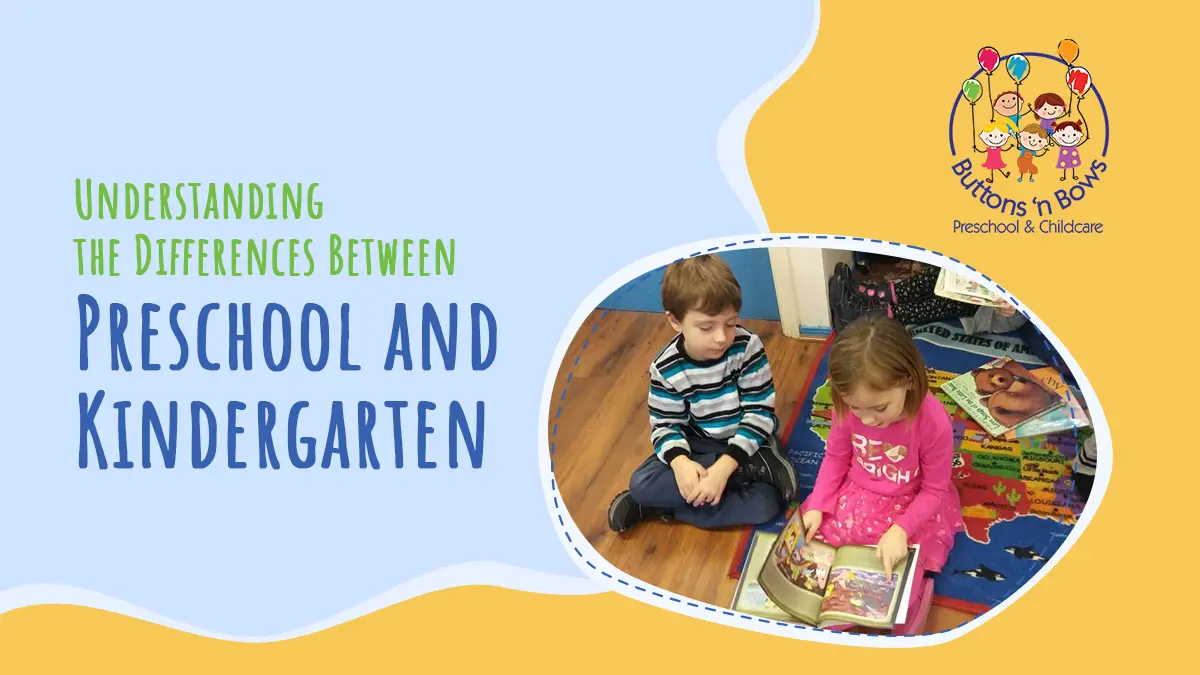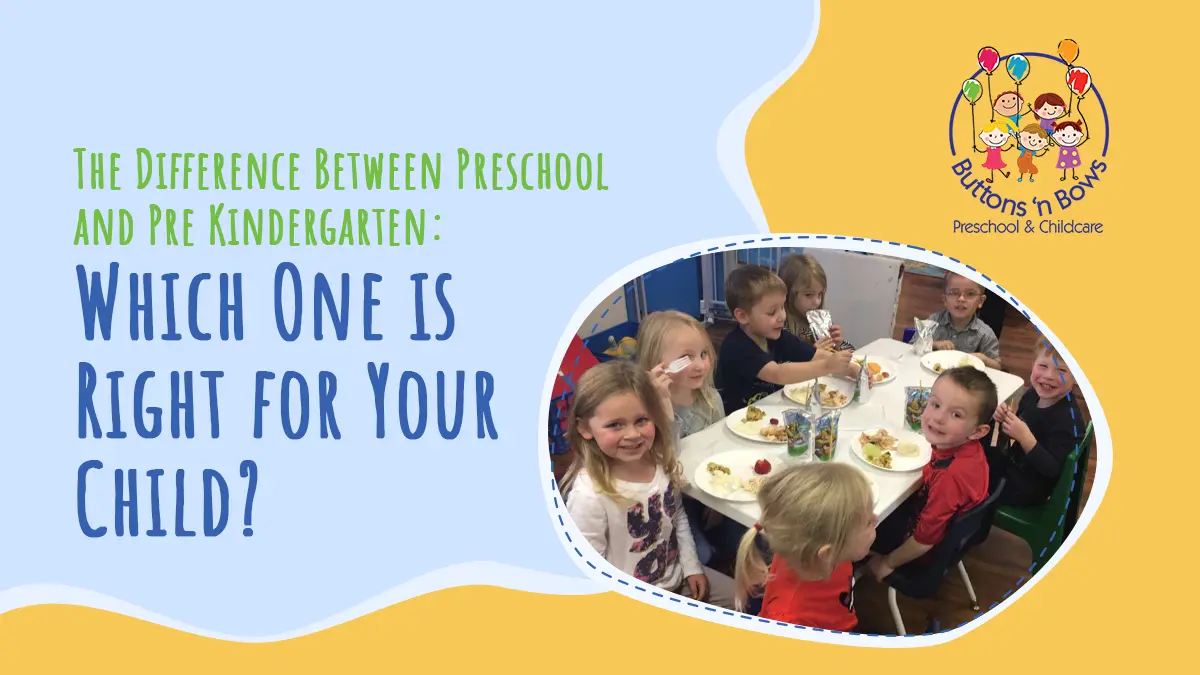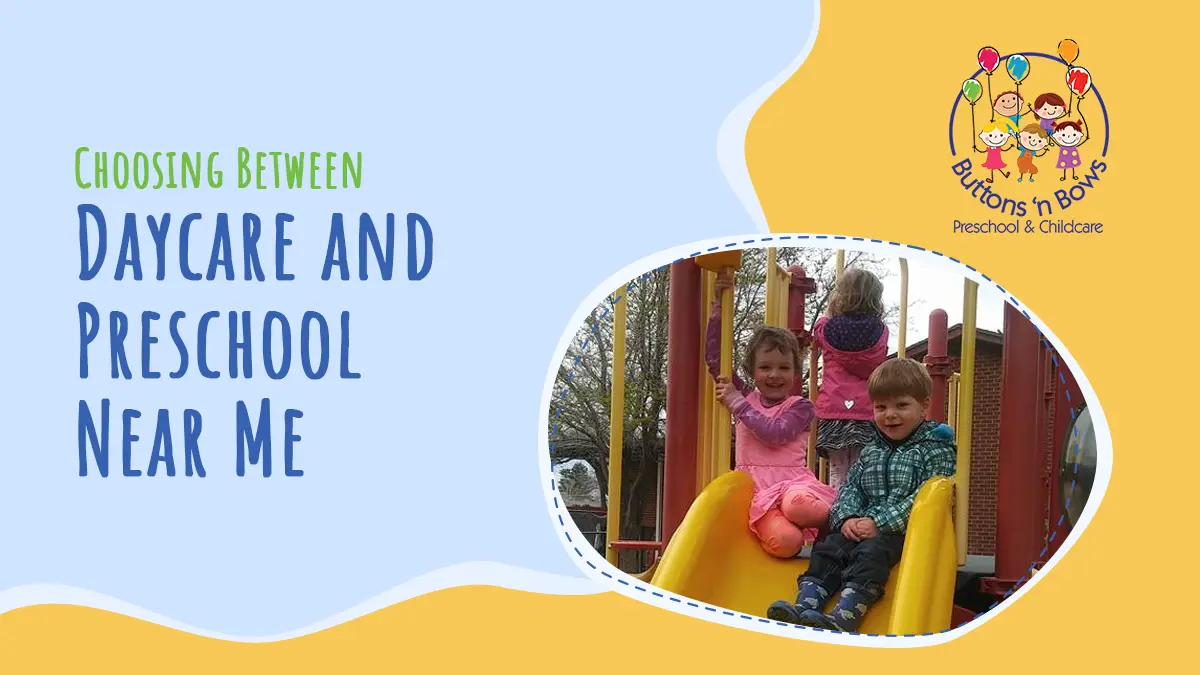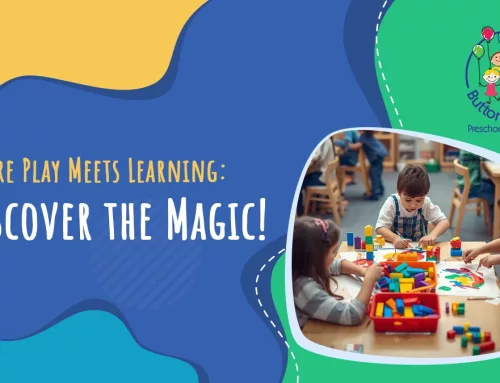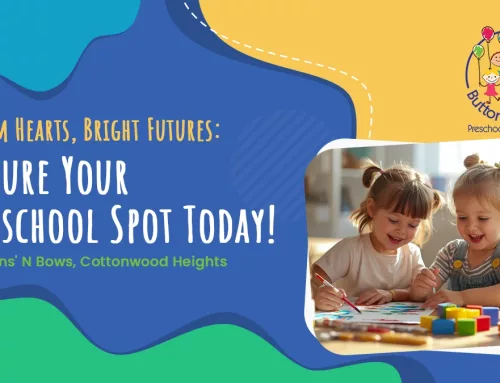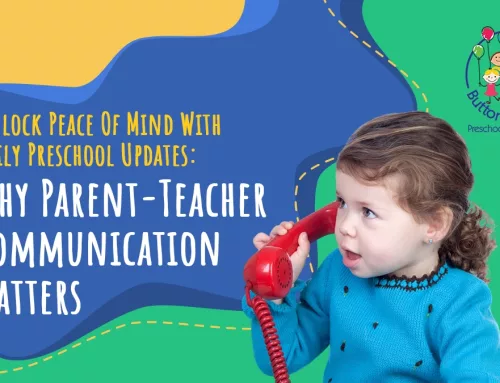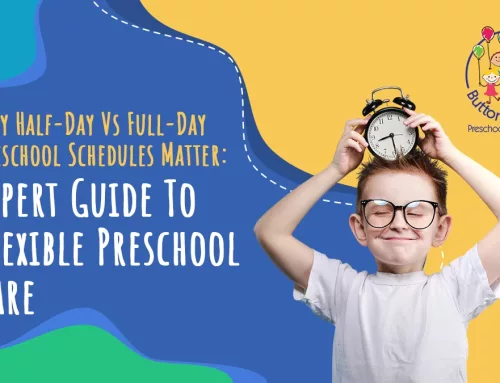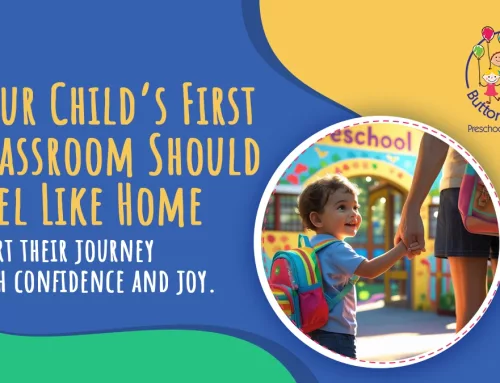The difference between daycare and preschool is a common question for parents exploring early childhood education options. Both provide care and learning opportunities, but they serve different purposes. Daycare centers focus on providing children with a safe and flexible environment while accommodating working parents’ schedules.
On the other hand, preschools offer a structured educational setting to prepare children for kindergarten. Understanding these distinctions can help parents choose the best fit for their child’s developmental needs and family lifestyle. Each option has unique benefits, from curriculum and teacher qualifications to daily routines and costs.
Understanding the Differences Between Preschool and Kindergarten
Many parents wonder about the differences between preschool and kindergarten when planning their child’s early education. While both play a crucial role in childhood development, they serve different purposes in preparing children for future learning. Preschool focuses on foundational skills in a play-based environment, while kindergarten introduces more structured academics.
How Preschool Lays the Foundation for Kindergarten Readiness
Preschool is often a child’s first introduction to a structured learning environment, but it differs from kindergarten in its approach and expectations. Preschool programs emphasize social-emotional growth and early learning in a relaxed, play-based setting.
- Focus on Social Development: Preschool helps children learn to interact with peers, share, and follow routines.
- Introduction to Early Learning: Activities include letter and number recognition, colors, and shapes, all taught through play.
- Flexible Learning Pace: Unlike kindergarten, preschool allows children to explore concepts at their speed without rigid academic pressure.
By encouraging creativity and hands-on experiences, preschool helps children build confidence and curiosity—two essential skills for kindergarten success.
Key Differences in Curriculum, Structure, and Learning Expectations
Although both preschool and kindergarten support early education, their curriculums differ in complexity and structure.
- Preschool: Learning is centered around play-based activities that introduce basic concepts like counting, storytelling, and social interaction.
- Kindergarten: A more structured environment that introduces reading, writing, math, and problem-solving skills.
- Classroom Routine: Preschool schedules are flexible, with plenty of free play, while kindergarten follows a more structured daily routine with set subjects and activities.
As children transition from preschool to kindergarten, they experience more responsibility, structured learning, and academic expectations.
The Role of Social and Emotional Development in Early Education
One of the most significant differences between preschool and kindergarten is how social and emotional growth is prioritized.
- Preschool: Encourages independence, self-regulation, and cooperative play in a relaxed setting.
- Kindergarten: Teaches problem-solving, teamwork, and classroom etiquette in a structured environment.
- Confidence Building: Preschool allows children to ease into school life smoother the transition to kindergarten.
Preschool creates a strong foundation for lifelong learning by nurturing emotional intelligence, curiosity, and social skills.
The Difference Between Preschool and Pre Kindergarten: Which One is Right for Your Child?
Many parents researching early childhood education wonder about the difference between preschool and pre kindergarten and which option is best for their child. While both programs focus on early learning and social development, they serve different purposes in preparing children for kindergarten. Understanding these differences can help parents make an informed decision based on their child’s needs, age, and learning readiness.
Age Groups and Developmental Stages for Preschool vs. Pre-Kindergarten
One of the primary differences between preschool and pre-kindergarten is the age group each program serves. While both focus on early childhood education, they are designed for different developmental stages.
- Preschool: Typically for children aged 2 ½ to 4 years old, focusing on foundational learning through play-based activities.
- Pre-Kindergarten: Designed for 4 to 5-year-olds, providing a more advanced curriculum to prepare for kindergarten.
- Readiness Level: Preschool introduces basic social and motor skills, while pre-K helps refine those skills with more structured learning.
Since pre-kindergarten is often the final step before kindergarten, it provides a more structured and academically focused experience than preschool.
How Pre-Kindergarten Builds on Preschool Education with Advanced Learning
Both preschool and pre-kindergarten emphasize early childhood education, but pre-K introduces a more structured approach to learning.
- Preschool Learning Style: Focuses on play-based exploration, socialization, and exposure to numbers, letters, and colors.
- Pre-K Learning Style: Introduces early literacy, math concepts, and problem-solving through guided instruction and hands-on activities.
- Classroom Structure: Preschool offers flexible routines, while pre-K follows a more structured daily schedule to simulate a kindergarten environment.
Pre-kindergarten bridges the gap between preschool and kindergarten by blending play with structured academic preparation.
Deciding When to Transition from Preschool to Pre-K
Choosing between preschool and pre-kindergarten depends on a child’s developmental readiness and future educational goals.
- Social Readiness: If a child thrives in group activities, follows instructions well, and enjoys structured play, pre-K may be a good fit.
- Academic Interest: Pre-K is ideal for children interested in letters, numbers, and problem-solving activities.
- Future Kindergarten Plans: Some schools require pre-K as a stepping stone, while others accept children directly from preschool.
By evaluating their social and cognitive development, parents can decide whether a preschool or pre-kindergarten program best suits their child’s needs. Both options provide valuable early learning experiences, but pre-K ensures children are fully prepared for the structure and expectations of kindergarten.
Choosing Between Daycare and Preschool Near Me
When searching for early childhood education options, many parents look for daycares and preschools near me to compare their choices. While both provide essential care and learning opportunities, they serve different purposes. Daycare centers focus on providing a safe and flexible environment for children while accommodating parents’ work schedules, whereas preschools emphasize structured learning to prepare children for kindergarten.
Factors to Consider When Comparing Daycare and Preschool Programs
Choosing between daycare and preschool involves evaluating several factors, including schedule, curriculum, and learning environment.
- Purpose of Care: Daycare centers primarily provide supervision, while preschools are designed to introduce structured early education.
- Ages Served: Daycares often accept infants and toddlers, while preschools cater to children aged 2 ½ to 5.
- Learning Approach: Preschools follow an educational curriculum, whereas daycares prioritize flexible, play-based care.
While both options support child development, parents should consider whether their child is ready for a more structured learning environment or if they still need the flexibility of daycare.
Scheduling Flexibility and How It Affects Tuition and Daily Routines
A major difference between daycare and preschool is their schedule and how it aligns with family needs. Daycares offer full-time, year-round care, making them a preferred choice for working parents.
- Full-Day vs. Half-Day Programs: Daycares typically offer extended hours, while preschools may have shorter sessions in the morning or afternoon.
- Year-Round vs. School-Year Schedule: Many preschools operate on a traditional school calendar, while daycare centers remain open year-round.
- Drop-Off and Pick-Up Times: Daycares offer flexible drop-off and pick-up times, whereas preschools have fixed schedules.
For parents who need consistent childcare, daycare may be a better fit. However, preschool may be the right choice if the focus is on structured early education.
Finding High-Quality Early Childhood Programs in Your Local Area
When searching for daycare and preschool near me, evaluating quality, safety, and the overall learning environment is important.
- Teacher Credentials: Look for programs with trained educators specializing in early childhood development.
- Classroom Environment: A high-quality preschool should offer engaging learning spaces, while a daycare should provide a safe and nurturing setting.
- Parental Reviews and Recommendations: Reading reviews and speaking with other parents can provide insight into the program’s strengths and weaknesses.
Whether choosing daycare or preschool, the best option depends on a child’s developmental readiness, family needs, and long-term educational goals. Visiting and researching programs ensures children receive the best start in their early learning journey.
Curriculum and Learning Approach: Structured Education vs. Flexible Care
When deciding between daycare and preschool, one of the biggest factors parents consider is the learning approach. Some children thrive in a structured education, while others benefit from a more flexible care environment. Understanding the differences in curriculum, teaching styles, and daily activities can help parents choose the best option for their child’s growth and development.
How Preschool Emphasizes Early Learning Through Structured Activities
Preschools focus on preparing children for kindergarten by introducing early academic concepts in an engaging and structured way. The curriculum fosters cognitive, social, and emotional development through guided lessons and interactive play.
- Daily Routine and Schedule: Preschools follow a structured daily schedule that includes circle time, storytime, arts and crafts, and early literacy and math activities.
- Introduction to Academics: Children begin learning the alphabet, numbers, colors, and basic problem-solving skills in a fun and engaging way.
- Social and Emotional Growth: Structured activities help children develop patience, teamwork, and independence through guided play and group tasks.
This structured learning environment helps children transition smoothly into kindergarten by building a strong foundation in academics and social skills.
The Play-Based Approach of Daycare and Its Benefits for Young Children
Daycare centers prioritize flexible care, allowing children to learn and grow at their own pace through play and exploration. Instead of a strict curriculum, activities focus on nurturing creativity, curiosity, and social interactions.
- Unstructured Playtime: Children have more freedom to choose their activities, promoting self-directed learning and problem-solving.
- Basic Skill Development: Daycares introduce colors, shapes, and language skills through play rather than structured lessons.
- Comfort and Flexibility: With a more relaxed environment, daycare allows children to follow their interests and adapt naturally to group settings.
This approach works well for younger children who are not yet ready for structured academics but still need a safe and enriching space to develop social and motor skills.
Balancing Education and Care Based on Your Child’s Needs
Choosing between structured preschool education and flexible daycare care depends on a child’s readiness and learning style.
- Preschool is ideal if: Your child is eager to learn, enjoys structured activities, and is preparing for kindergarten.
- Daycare is ideal if: Your child is younger, benefits from a relaxed environment, or needs full-day care with more flexible routines.
- Hybrid Programs: Some childcare centers offer a blend of structured learning and play-based care, giving children the best of both worlds.
By understanding the differences between structured education and flexible care, parents can confidently choose the best learning environment for their child’s early years.
Conclusion
Choosing between daycare and preschool is a big decision, but understanding the differences can help you find the perfect fit for your child’s needs. Whether you prioritize preschool’s structured learning or daycare’s flexibility, both options offer valuable growth, development, and social interaction opportunities. Considering factors like curriculum, teacher qualifications, scheduling, and long-term goals, you can confidently select an early education program that nurtures your child’s curiosity and prepares them for a bright future.
At Buttons ‘n Bows Preschool and Childcare, we believe in creating a warm, engaging, and enriching environment where children thrive. Ready to explore your options? Call us at 1-801-278-8223 or visit our contact page to learn more about our programs. We can’t wait to welcome your little one into our learning family!




